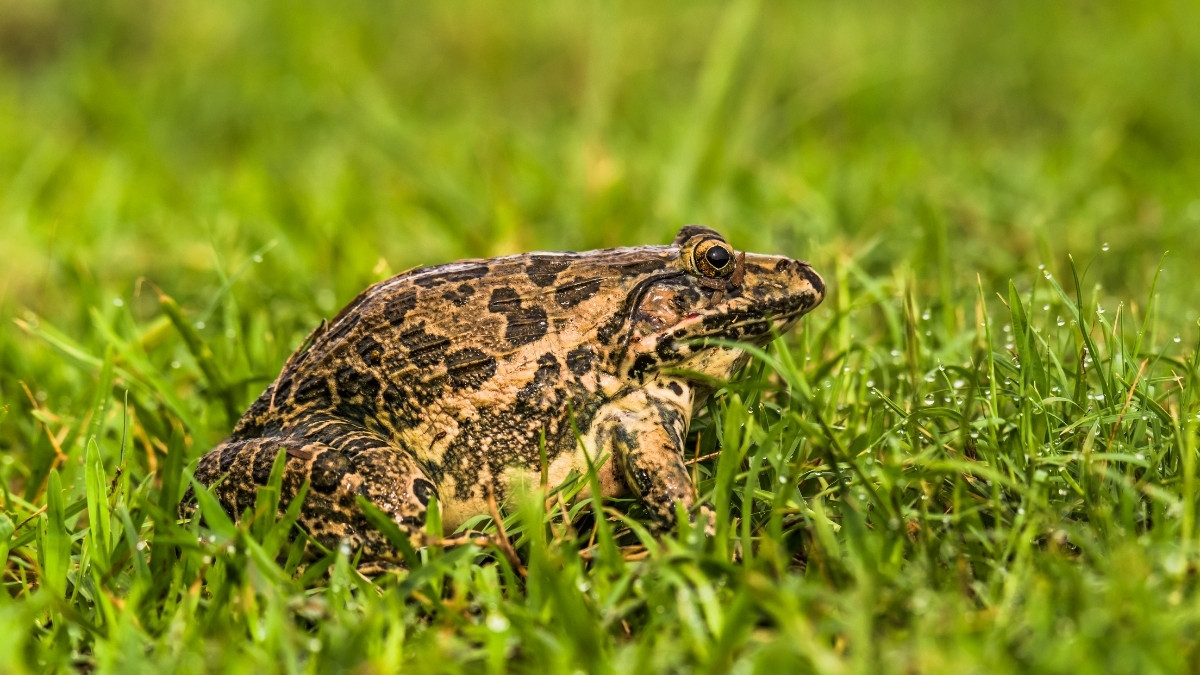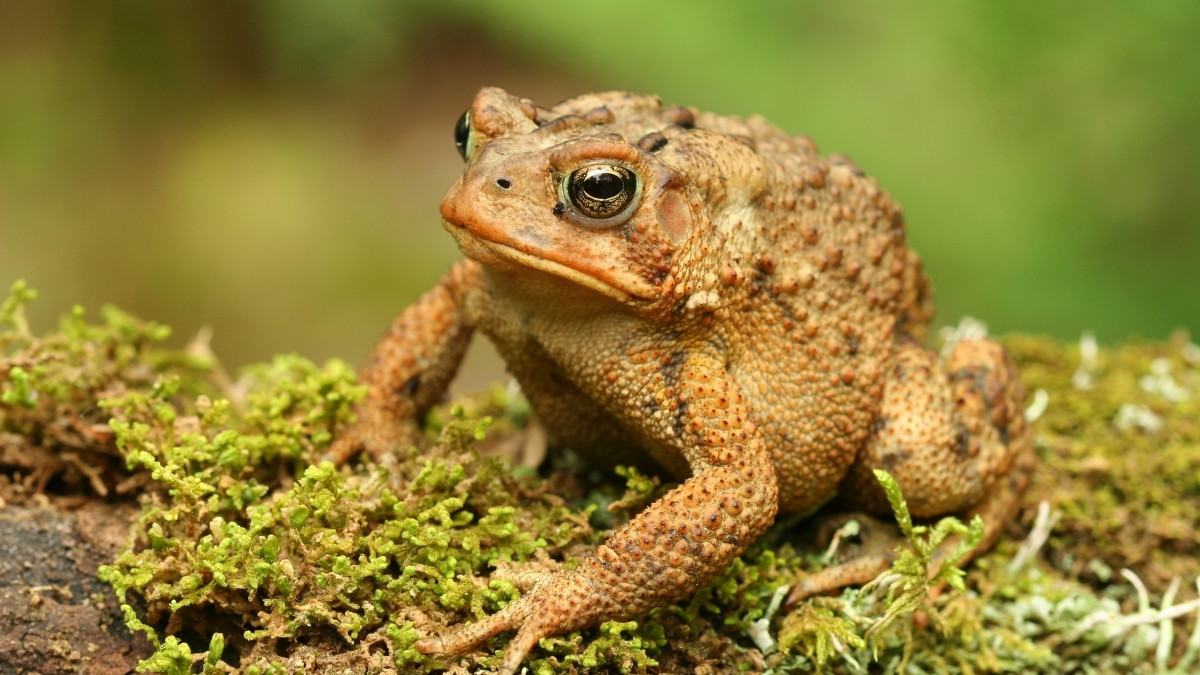Key Points
- All frogs belong to the scientific Order Anura; the specific name varies by species.
- Over 7,700 frog species exist, with 40% threatened, highlighting a conservation crisis.
- Scientific names like Rana tigrina use binomial nomenclature (genus and species).
Scientific name of frog: Frogs are one of the most widespread and diverse groups of animals on Earth, thriving in almost every environment from deserts to freezing forests. You might spot one near a pond and wonder, “What is the scientific name of frog?” It's a common question, but the answer isn't just one name!
In fact, according to a recent report, scientists have identified over 7,700 species of amphibians as of 2024, with frogs making up the majority. This huge variety means there are thousands of unique scientific names for frogs.
This article will clarify the high-level biological name of the frog, explore the different families of frog classifications, like that of the famous frog Rana tigrina.
What is the Scientific Name of Frog?
There is no single scientific name for the entire frog group. All frogs and toads are classified together under the scientific Order Anura. This is the highest biological grouping for all tailless amphibians.
The specific name you are likely looking for, such as the widely known scientific name of frog Rana tigrina (the Indian Bullfrog), is actually the combination of the genus and species, which has recently been reclassified as Hoplobatrachus tigerinus.

The Indian Bullfrog
What is the Scientific Name of Toad?
People often look for the separate scientific name of toad. Interestingly, in biological classification, toads are simply a type of frog—they are not a distinct order. They are also included in the Order Anura. The group commonly referred to as “true toads” belongs to the family Bufonidae. For instance, the common European Toad has the scientific name Bufo bufo.

Do You Know - What is the Scientific Name of Lion?
Family of Frogs and Their Scientific Name
The Order Anura is incredibly complex, currently split into more than 50 different families. The family of frog grouping helps scientists organize species with shared evolutionary traits. The family most people recognize is Ranidae, or the “true frogs,” which alone contains over 400 species. Another major family is Hylidae, which consists of the tree frogs. Here is a table detailing common types of frogs from different families:
| S.No. | Frog- Common Name | Frog - Scientific Name (Genus & Species) | Family of Frog |
| 1. | Indian Bullfrog | Hoplobatrachus tigerinus | Dicroglossidae |
| 2. | American Bullfrog | Lithobates catesbeianus | Ranidae |
| 3. | European Common Frog | Rana temporaria | Ranidae |
| 4. | Common Tree Frog | Hyla arborea | Hylidae |
| 5. | Common Toad | Bufo bufo | Bufonidae |
| 6. | Poison Dart Frog | Dendrobates tinctorius | Dendrobatidae |
What are the Scientific Facts about Frogs?
Frogs have some truly unique adaptations that set them apart in the animal kingdom.
-
Breathing Skin: Frogs can absorb oxygen directly through their highly permeable, moist skin, a process called cutaneous respiration, in addition to using their lungs.
-
Don't Drink Water: A frog doesn't drink water with its mouth. Instead, it absorbs all the necessary moisture through a specialized, highly vascularized area of skin on its belly called the pelvic patch.
-
Bioindicators: Scientists think of frogs as bioindicators. Because they are sensitive to the quality of air and water, their health is often a sign that the health of an entire ecosystem is in danger.
-
Frozen Survival: The Wood Frog (Rana sylvatica) can survive being frozen solid in the winter because it makes a lot of glucose that works as an antifreeze in its important organs.
Also Read - List of Top 7 Animals that can Live Both on Land and in Water
The whole group is in the Order Anura, but the fact that there are so many different types of frogs shows why the scientific name of a frog can be so different. This universal naming system, which defines the frog genus and species, is an important tool for both research and managing global conservation efforts to protect these amphibians, which are quickly disappearing.
Comments
All Comments (0)
Join the conversation